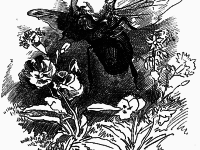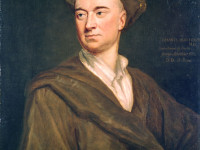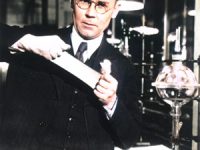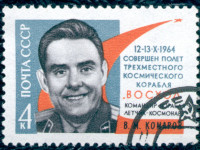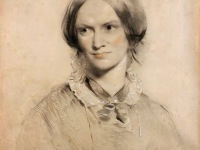John Lubbock – Banker, Liberal Politician, and Scientist
On April 30, 1834, banker, Liberal politician, philanthropist, scientist and polymath John Lubbock, 1st Baron Avebury was born. He was a banker and worked with his family’s company, but also made significant contributions in archaeology, ethnography, and several branches of biology. He helped establish archaeology as a scientific discipline, and was also influential in nineteenth-century debates concerning evolutionary theory. John Lubbock also coined the terms Neolithic and Paleolithic. “In this world we do…
Read more

